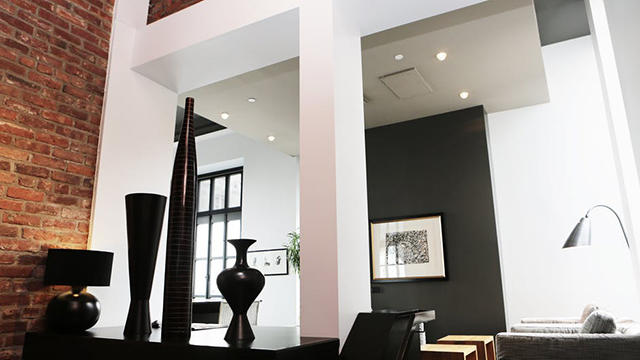Here’s How Much a Rental Apartment Costs in Halton Right Now
Published January 31, 2019 at 9:07 pm

If there’s one thing everyone in the Halton Region (and the GTA, for that matter) can agree on, it’s this: It’s very expensive to live in the city.
If there’s one thing everyone in the Halton Region (and the GTA, for that matter) can agree on, it’s this: It’s very expensive to live in the city.
With detached houses averaging at $900,000 and condos costing buyers over $400,000, it’s not surprising that rental rates have climbed in step with housing prices. If you take the low rental inventory rate into account—a recent report said that the Halton Region’s vacancy rate sits at only 0.6 per cent—the higher rates make even more sense (high demand, low supply).
According to a Toronto Real Estate Board (TREB) report, the GTA market is still quite tight—and prices are up. TREB says that, based on rental listings and transactions reported by GTA realtors through TREB’s MLS system, rental market conditions remained very tight in the fourth quarter of 2018. TREB also says average rents for one-bedroom and two-bedroom condominium apartments were up substantially on a year-over-year basis.
According to the data, the average rent for one-bedroom condominium apartments in the GTA was up by 8.8 per cent annually to $2,143 in the fourth quarter of 2018. The average two-bedroom condominium apartment rent was up by 5.5 percent over the same period to $2,774.
In the Halton Region, the average lease rate for a one bedroom apartment sits at $1,819 (in Burlington $1,761, in Milton $1,740, and in Oakville $1,869). According to TREB, bachelor apartments in Halton cost about $1,300 a month to rent and two-bedroom units cost on average $2,269.
“The Greater Toronto Area has seen significant growth in its economy throughout 2018. It has become a primary destination for companies in various industries who are attracting younger talent who have a desire to live in the region,” says TREB president Garry Bhaura.
“This desirability has contributed to the continuation of historically-low vacancy rates, strong competition between renters for available units and, as a result, very strong growth in average rents.”
TREB also says that inventory remains low across the GTA, even though the fourth quarter saw more listings hit the market.
The report says the number of condominium apartments listed was up 16.6 per cent compared to the same period in 2017, outstripping the seven per cent annual growth in rental transactions. While that’s encouraging, TREB says the trend will have to continue in order for the market to be more balanced.
“It will be important to continue monitoring the supply of rental condominium apartments. While TREB certainly supports the recent rent control exemptions announced by the provincial government, this change does not benefit all investor-owners of condominium apartments, who have provided much of the new rental stock over the past decade,” says Jason Mercer, TREB’s director of market analysis.
“It is conceivable that rent controls could prompt some investors to consider selling their units and investing the proceeds in another asset class. This scenario could obviously compound an already problematic rental supply issue in the GTA.
insauga's Editorial Standards and Policies advertising





